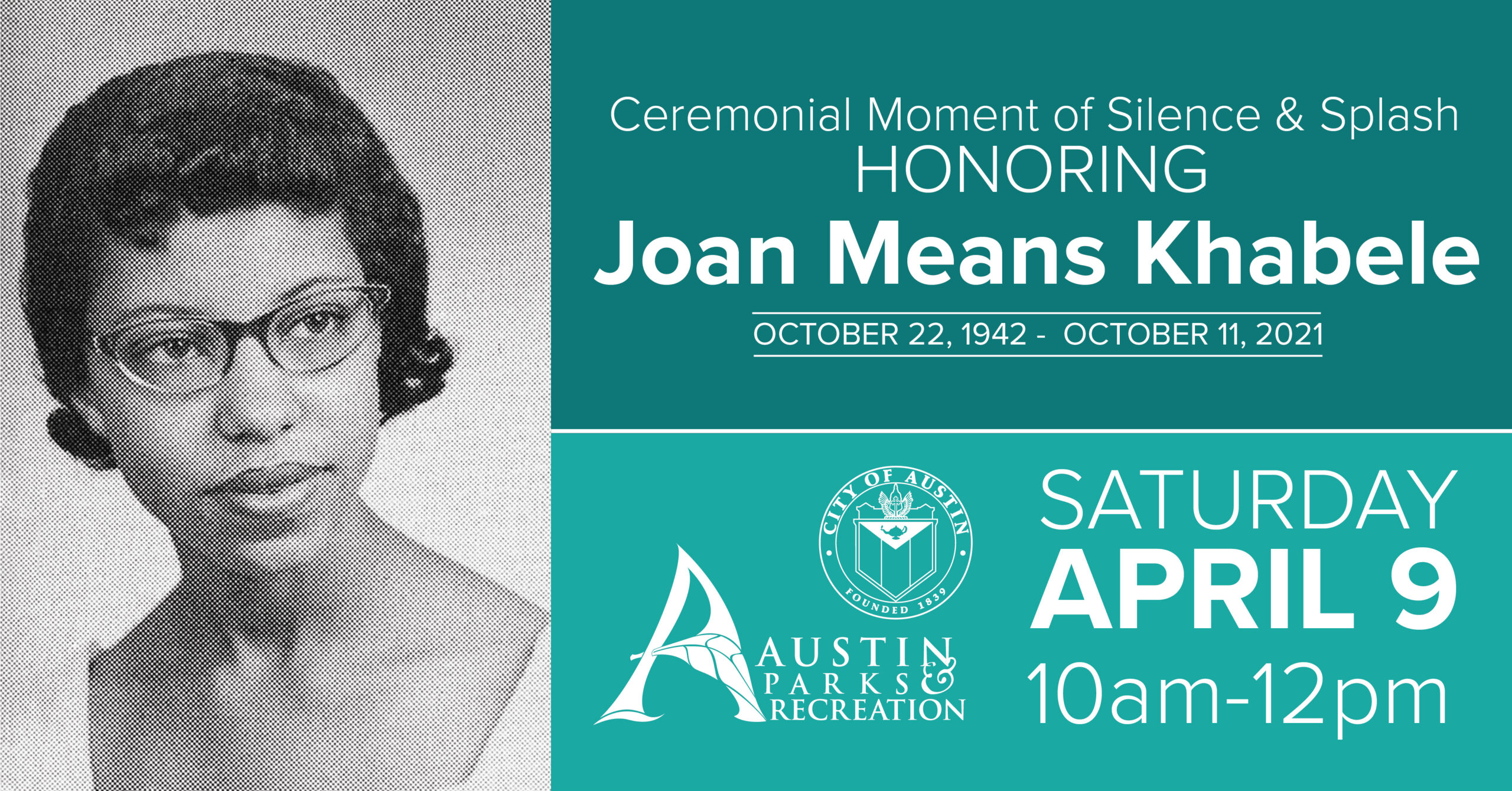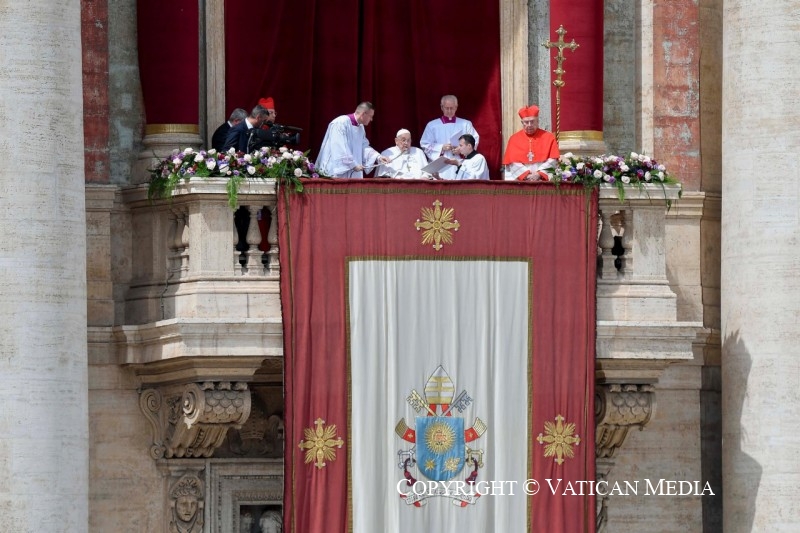Ceremonial Moment of Silence & Splash Honoring Joan Means Khabele, civil rights activist who organized the swim-ins at Barton Springs Pool that led to its desegregation.
Barton Springs Pool, 2131 William Barton Dr.
Sat. 4/9
10am-12pm
More info: http://bit.ly/3wPSv63
video:
Denied a class trip to Barton Springs, Joan Khabele protested the exclusion of African Americans. She describes the measures she and others took to desegregate the iconic Austin landmark.
Aired: 01/14/14
Rating: NR
HISTORY
The American Civil Rights Movement was a political movement and campaign from 1954 to 1968 in the United States to abolish institutional racial segregation, discrimination, and disenfranchisement throughout the United States.
This is a continuing struggle for HUMAN RIGHTS.
The movement has its origins in the Reconstruction era during the late 19th century, although it made its largest legislative gains in the mid-1960s after years of direct actions and grassroots protests. The social movement’s major nonviolent resistance and civil disobedience campaigns eventually secured new protections in federal law for the civil rights of all Americans.
After the American Civil War and the subsequent abolition of slavery in the 1860s, the Reconstruction Amendments to the United States Constitution granted emancipation and constitutional rights of citizenship to all African Americans, most of whom had recently been enslaved. For a short period of time, African American men voted and held political office, but they were increasingly deprived of civil rights, often under the so-called Jim Crow laws, and African Americans were subjected to discrimination and sustained violence by white supremacists in the South. Over the following century, various efforts were made by African Americans to secure their legal and civil rights (see also, Civil rights movement (1865–1896) and Civil rights movement (1896–1954)). In 1954, the separate but equal policy, which aided the enforcement of Jim Crow laws, was substantially weakened and eventually dismantled with the United States Supreme Court‘s Brown v. Board of Education ruling and other subsequent rulings which followed.[1] Between 1955 and 1968, nonviolent mass protests and civil disobedience produced crisis situations and productive dialogues between activists and government authorities. Federal, state, and local governments, businesses, and communities often had to immediately respond to these situations, which highlighted the inequities faced by African Americans across the country. The lynching of Chicago teenager Emmett Till in Mississippi, and the outrage generated by seeing how he had been abused when his mother decided to have an open-casket funeral, galvanized the African-American community nationwide.[2] Forms of protest and/or civil disobedience included boycotts, such as the successful Montgomery bus boycott (1955–1956) in Alabama, “sit-ins” such as the Greensboro sit-ins (1960) in North Carolina and successful Nashville sit-ins in Tennessee, mass marches, such as the 1963 Children’s Crusade in Birmingham and 1965 Selma to Montgomery marches (1965) in Alabama, and a wide range of other nonviolent activities and resistance.
At the culmination of a legal strategy pursued by African Americans, the U.S. Supreme Court in 1954 under the leadership of Earl Warren struck down many of the laws that had allowed racial segregation and discrimination to be legal in the United States as unconstitutional.[3][4][5][6] The Warren Court made a series of landmark rulings against racist discrimination, such as Brown v. Board of Education (1954), Heart of Atlanta Motel, Inc. v. United States (1964), and Loving v. Virginia (1967) which banned segregation in public schools and public accommodations, and struck down all state laws banning interracial marriage.[7][8][9] The rulings also played a crucial role in bringing an end to the segregationist Jim Crow laws prevalent in the Southern states.[10] In the 1960s, moderates in the movement worked with the United States Congress to achieve the passage of several significant pieces of federal legislation that overturned discriminatory laws and practices and authorized oversight and enforcement by the federal government. The Civil Rights Act of 1964,[11] which was upheld by the Supreme Court in Heart of Atlanta Motel, Inc. v. United States (1964), explicitly banned all discrimination based on race, color, religion, sex, or national origin in employment practices, ended unequal application of voter registration requirements, and prohibited racial segregation in schools, at the workplace, and in public accommodations. The Voting Rights Act of 1965 restored and protected voting rights for minorities by authorizing federal oversight of registration and elections in areas with historic under-representation of minorities as voters. The Fair Housing Act of 1968 banned discrimination in the sale or rental of housing.
African Americans re-entered politics in the South, and young people across the country were inspired to take action. From 1964 through 1970, a wave of inner-city riots and protests in black communities dampened support from the white middle class, but increased support from private foundations.[12] The emergence of the Black Power movement, which lasted from 1965 to 1975, challenged the established black leadership for its cooperative attitude and its constant practice of legalism and non-violence. Instead, its leaders demanded that, in addition to the new laws gained through the nonviolent movement, political and economic self-sufficiency had to be developed in the black community. Support for the Black Power movement came from African Americans who had seen little material improvement since the civil rights movement’s peak in the mid-1960s, and who still faced discrimination in jobs, housing, education and politics. Many popular representations of the civil rights movement are centered on the charismatic leadership and philosophy of Martin Luther King Jr., who won the 1964 Nobel Peace Prize for combatting racial inequality through nonviolent resistance. However, some scholars note that the movement was too diverse to be credited to any particular person, organization, or strategy.[13] WIKI






















 . A church...
. A church...
